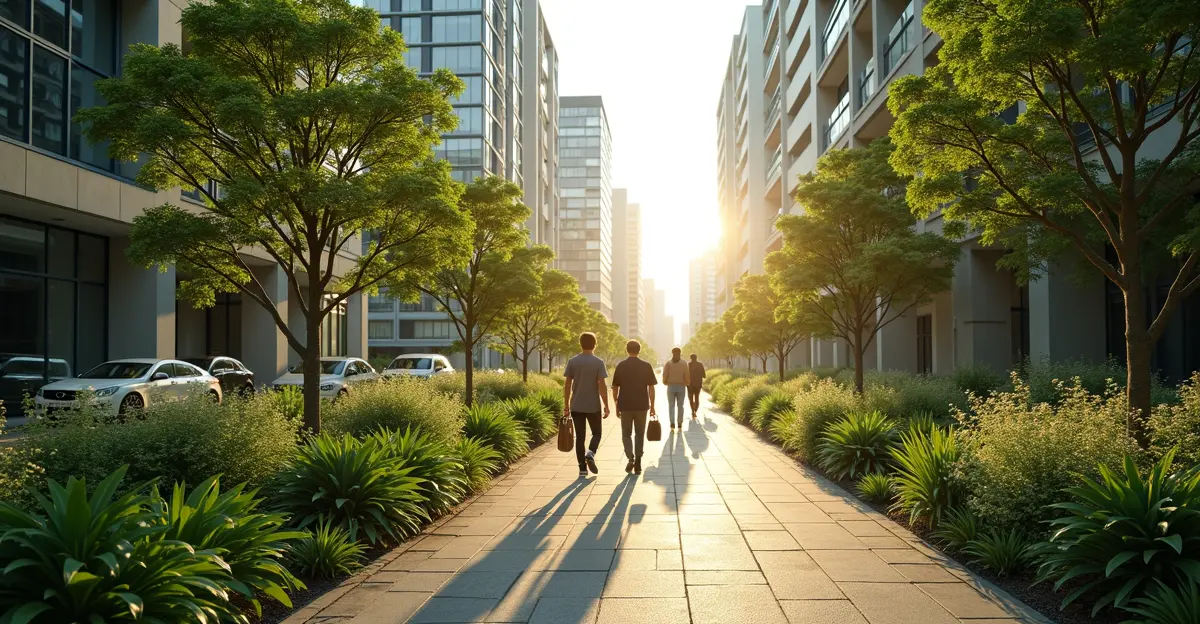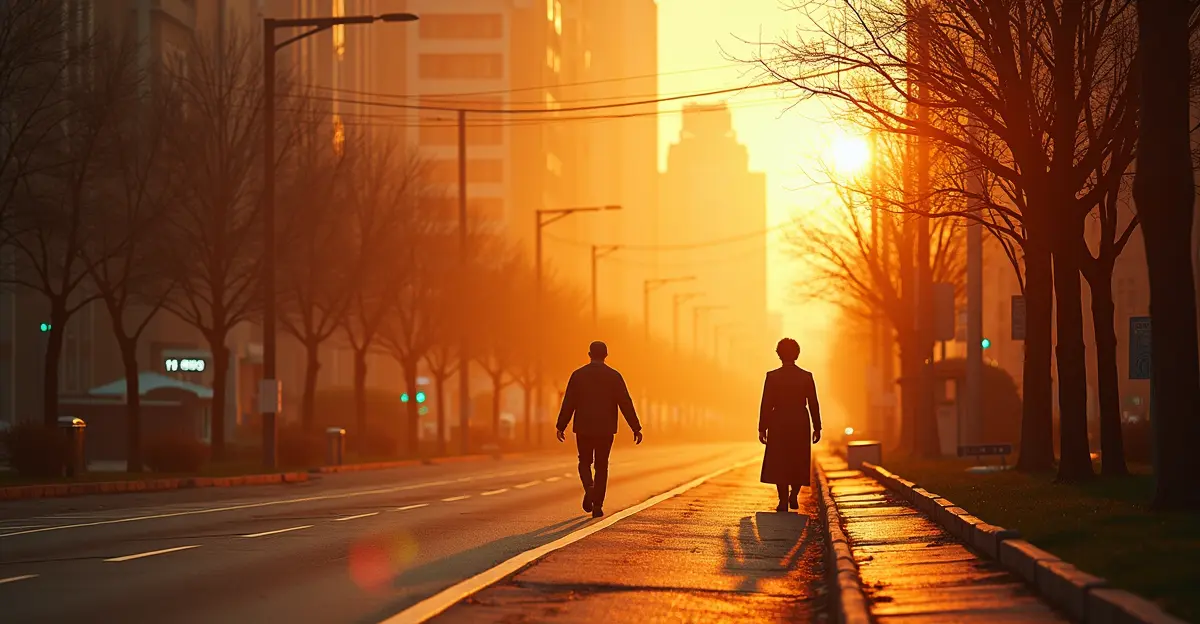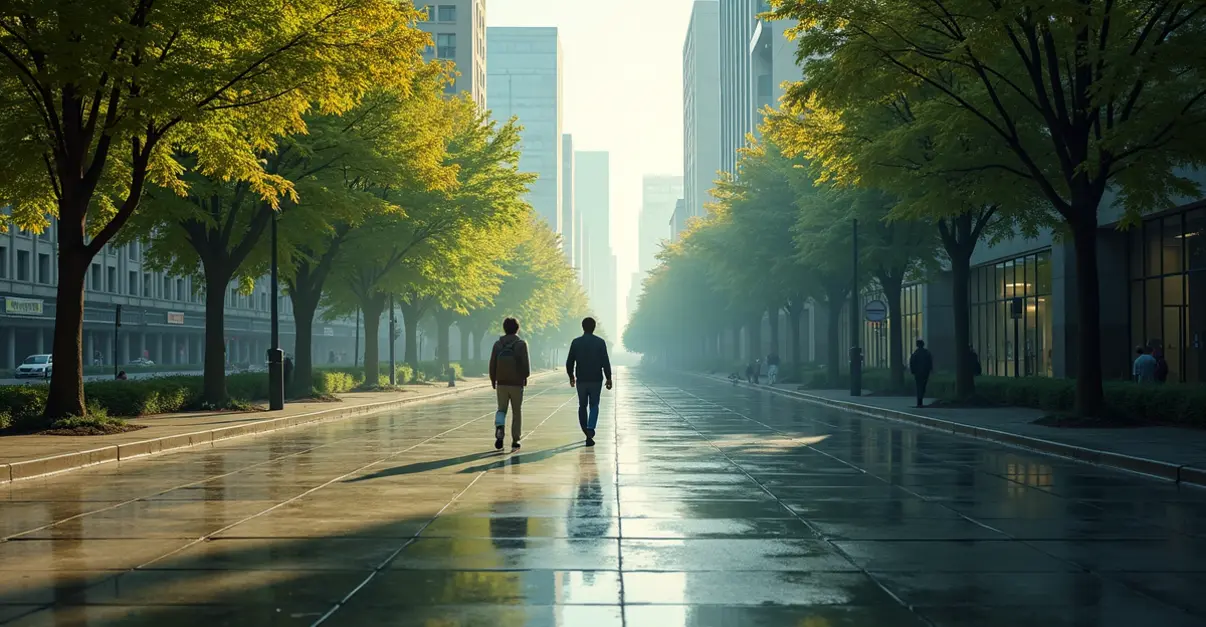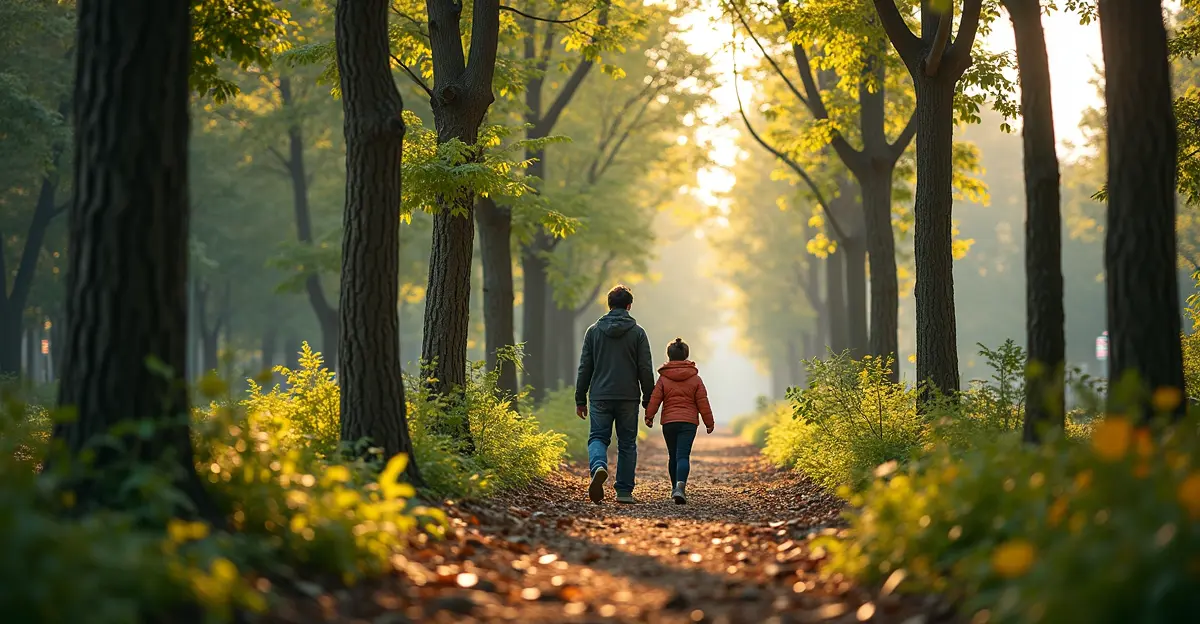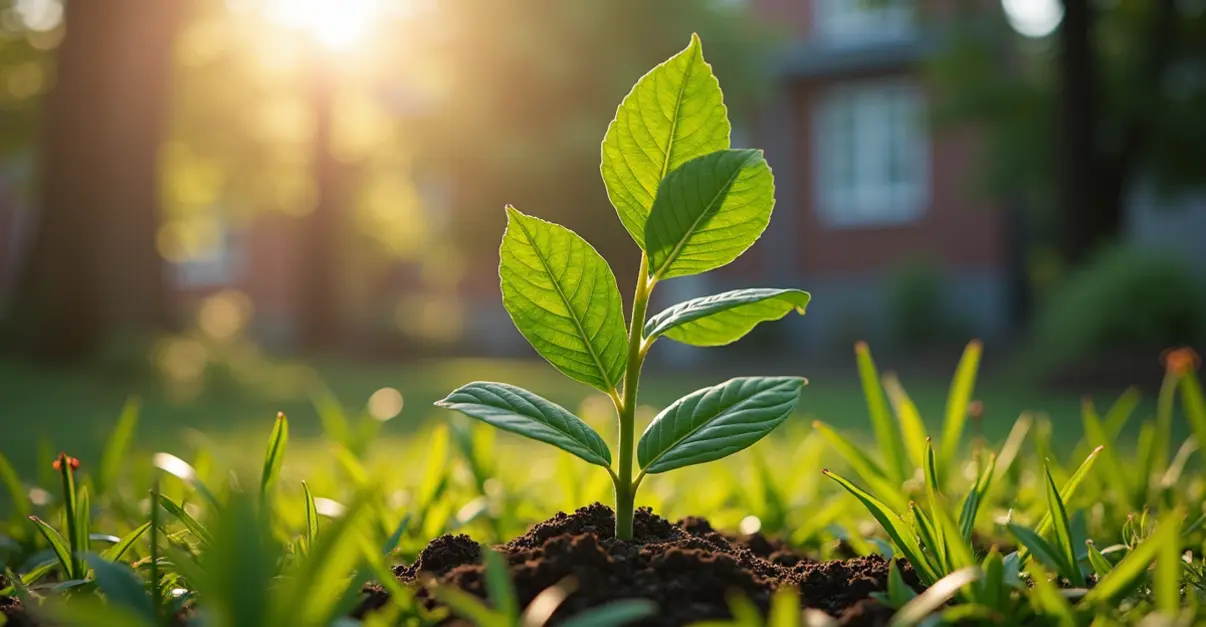Cities nationwide are expanding urban tree canopy programs to combat heat islands, enhance biodiversity, and strengthen community engagement through equitable planting initiatives that deliver environmental, economic, and health benefits.
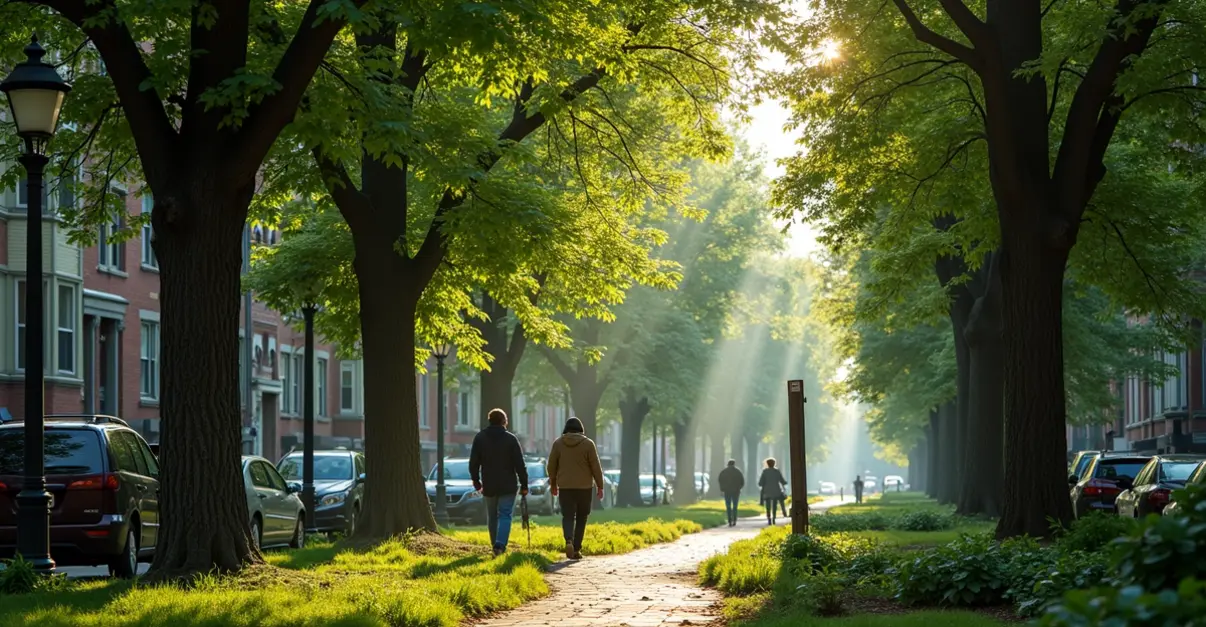
Urban Tree Expansion Gains Momentum Nationwide
Local authorities across the United States are significantly expanding urban tree canopy programs as cities face increasing heat challenges and seek to enhance biodiversity while strengthening community engagement. These initiatives represent a strategic response to the growing urban heat island effect, which can make cities 1-7 degrees Fahrenheit hotter than surrounding rural areas, according to research from the National League of Cities.
Heat Mitigation Takes Center Stage
The urgency of these programs has intensified as climate change drives more frequent and severe heat waves. 'Urban forests mitigate the effects of urban heat island through evapotranspiration and the shading of streets and buildings,' explains urban forestry research. Studies show that reforesting areas can reduce daytime air temperatures by 0.7 to over 1.5 degrees Celsius depending on the scale of planting.
In Dallas, Texas, comprehensive tree planting combined with cool roofs and paving has reduced heat-related deaths by 22%. 'Trees have saved 1,200 lives annually in the U.S. by preventing heat related deaths,' notes environmental health expert Dr. Maria Rodriguez. The cooling benefits extend beyond immediate temperature reduction, with trees also helping lower energy consumption by reducing the need for air conditioning.
Biodiversity and Environmental Benefits
Beyond heat mitigation, urban tree programs deliver substantial biodiversity advantages. Recent research emphasizes the importance of diversified species selection, including native, indigenous, and exotic species, to create resilient urban ecosystems. Wildlife increasingly relies on urban forests for habitat and surface waters due to reduced runoff in these areas.
The environmental benefits are comprehensive. Trees improve air quality by absorbing pollutants like ozone, nitrogen dioxide, ammonia, and particulate matter while performing carbon sequestration. They also play a crucial role in stormwater management, with large trees capable of retaining 166-332 gallons of water each during rainfall events.
Community Engagement and Equity Focus
What distinguishes current programs from earlier initiatives is their strong emphasis on community engagement and equity. 'We're seeing a shift from top-down planning to genuine community co-creation,' says Carlos Mendez, urban planner and program coordinator. 'Residents are involved in species selection, planting locations, and long-term maintenance planning.'
Raleigh's Street Tree Equity Project exemplifies this approach, having planted over 1,000 trees across historically underserved neighborhoods since 2023. The program specifically targets areas southeast of downtown identified as lacking sufficient street trees, creating cooler temperatures, cleaner air, and safer streets for residents.
Similar equity-focused initiatives are emerging nationwide. The Maryland Department of Transportation's Urban Tree Program prioritizes communities affected by environmental justice concerns and urban heat islands, providing grants up to $5,000 for community tree-planting projects.
Economic and Health Returns
The economic case for urban forestry is compelling. Research consistently shows that for every dollar spent on tree maintenance, communities gain $5.82 in benefits through energy savings, pollution reduction, and property value increases. These programs also deliver significant mental health benefits, with studies showing that residents near 'greened' areas report decreases in depression of up to 68% among low-income populations.
'Urban forestry has been shown to promote psychological healing, stress recovery, and improved concentration and productivity,' according to mental health researchers. Children with ADHD symptoms particularly benefit from access to green spaces, with urban forests helping mitigate attention challenges.
Implementation Challenges and Solutions
Despite the clear benefits, urban tree programs face implementation challenges. Tree mortality significantly impacts long-term canopy growth, and achieving ambitious targets like 40% urban tree canopy coverage requires optimal tree spacing, low mortality rates, and effective landscape design.
Successful programs address these challenges through strategic planning and community involvement. 'The key is establishing long-term maintenance funding and engaging residents as stewards of their urban forest,' explains Mendez. 'When communities feel ownership, tree survival rates improve dramatically.'
As cities continue to expand these programs, the focus remains on creating sustainable, equitable urban environments that benefit all residents while addressing the pressing challenges of climate change and urban heat.

 Nederlands
Nederlands
 English
English
 Deutsch
Deutsch
 Français
Français
 Español
Español
 Português
Português




